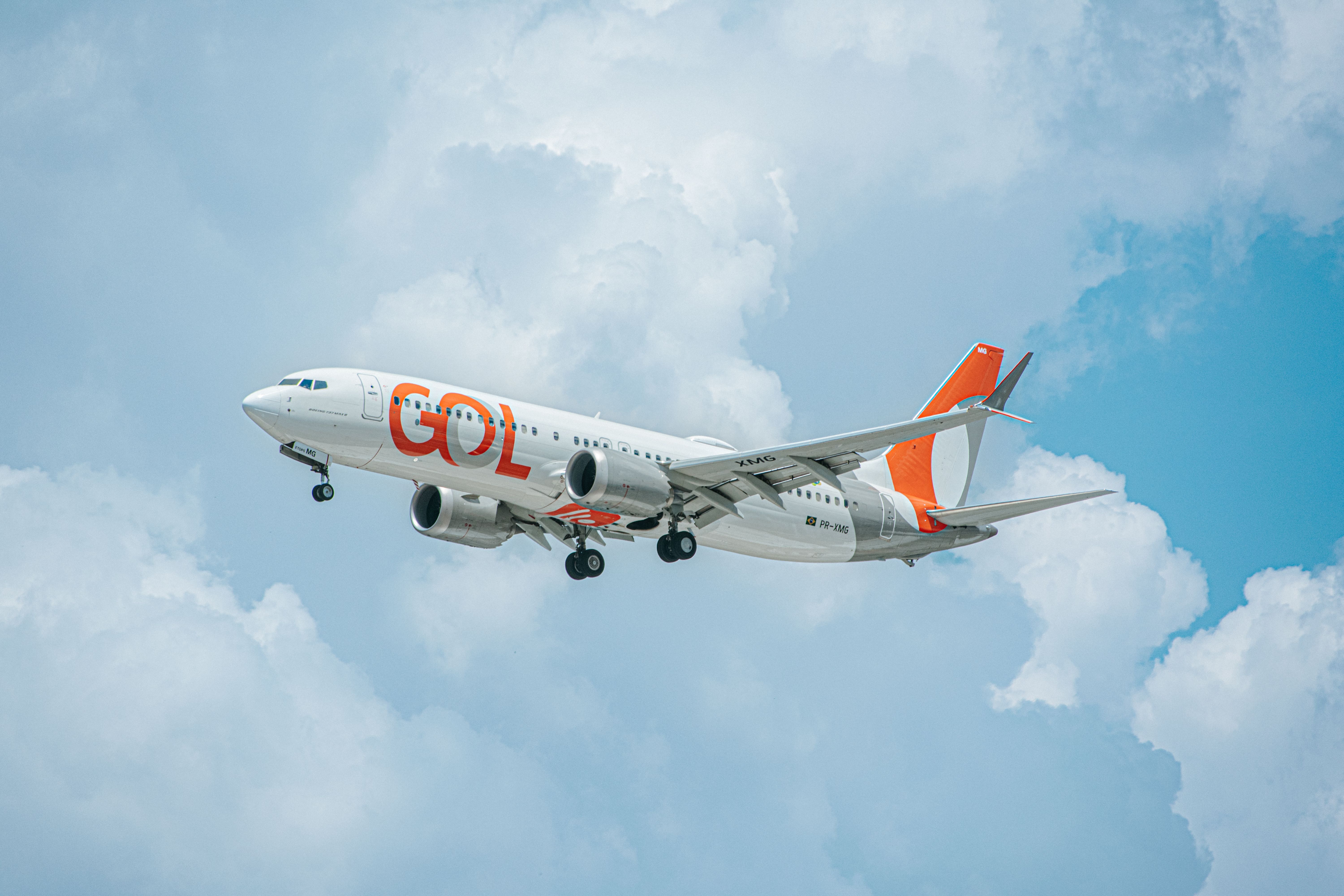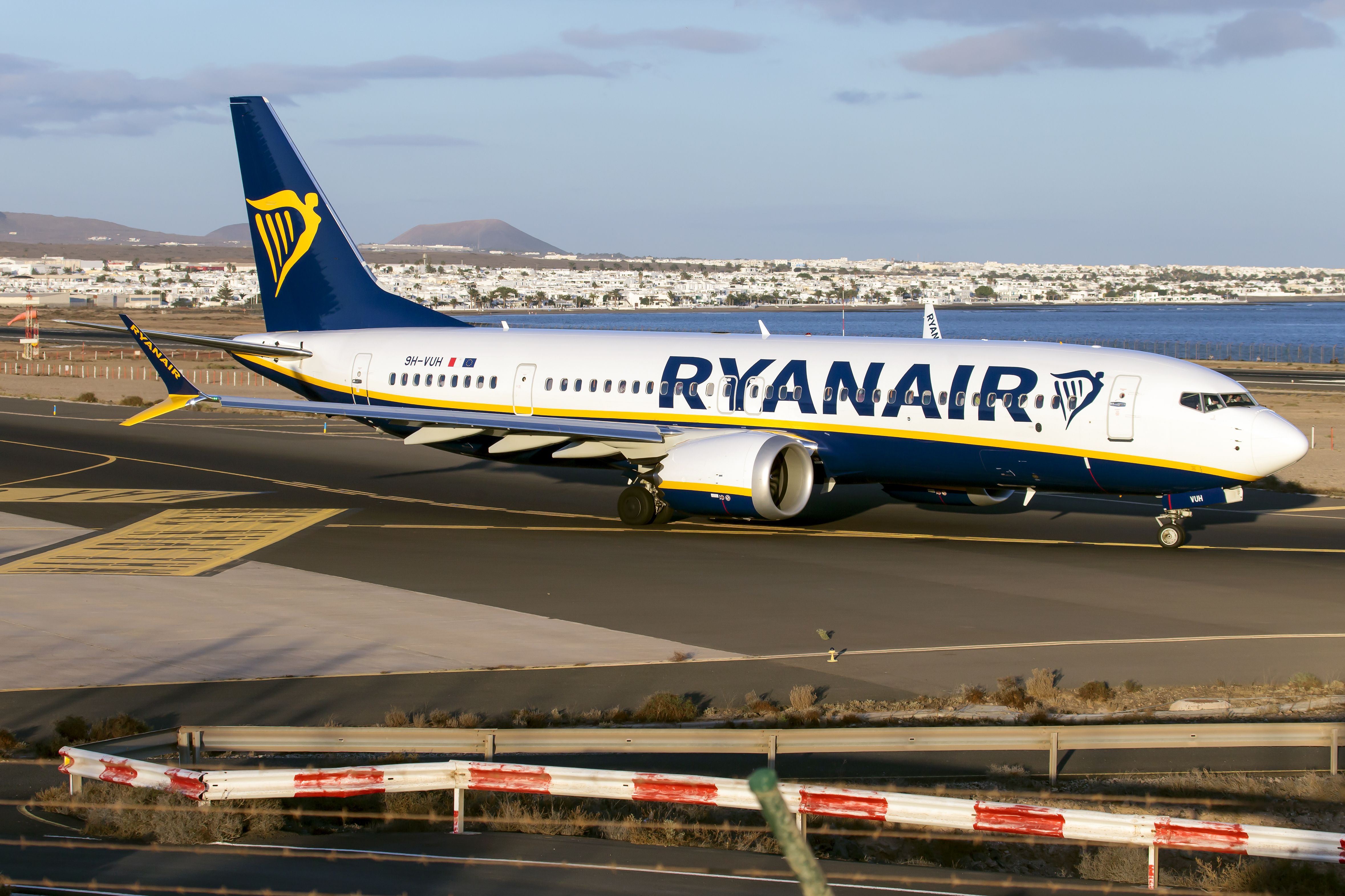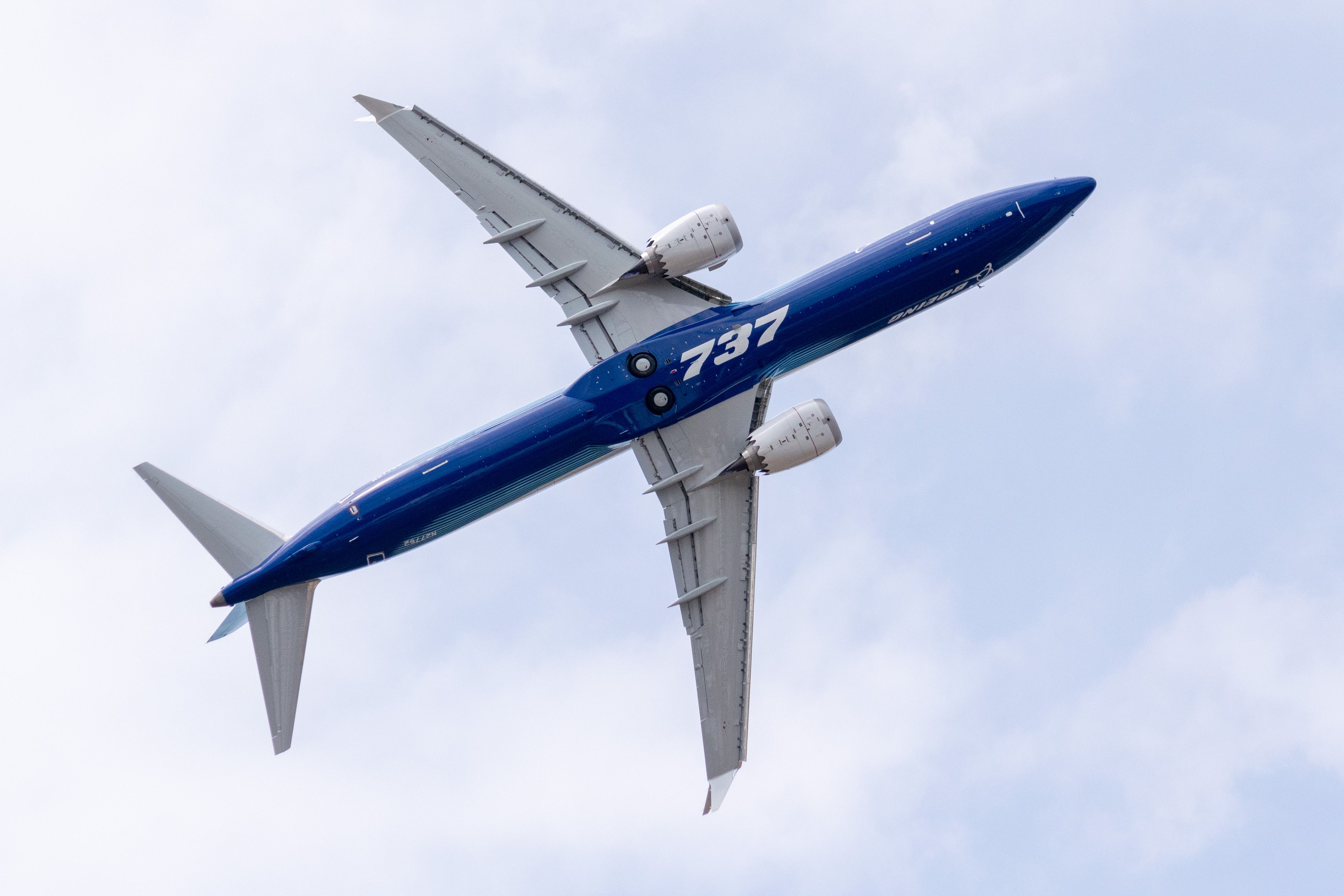Since the grounding of the Boeing 737 MAX was lifted in November 2020, the airplane has made a strident return to the fleets of dozens of airlines around the globe. Despite all the worries about the reputational damage done to the type from the two high-profile accidents, Boeing’s flagship narrowbody has been inducted back into service with confidence.
Not only that, but Boeing has been raking in the orders for the aircraft too, even post-grounding. Since November 2020, Boeing has logged 1,215 gross orders for the MAX, 360 in this year alone (correct to the end of July 2022). Boeing has been hard at work to get its outstanding orders delivered to customers as well, with 476 airplanes flying out of the factory to customers since December 2020.
With around 45 airlines flying the MAX today, the aircraft has been thoroughly put through its paces over the last year and a half. So how is it performing? Simple Flying caught up with Stan Deal, CEO of Boeing Commercial Airplanes, who told us,
“The 737 MAX fleet has operated for 1.8 million flight hours – about 800,000 flights – since November 2020. Fleet reliability is above 99.5% - that is actually where the Next-Generation 737 was at, so it's on par with the airplane it's replaced.”
Schedule reliability of 99.5% is an impressive number indeed. In effect, this means that 99.5% of the flights due to be operated by a 737 MAX have been conducted as planned (not accounting for interruptions caused by external factors). It's just 0.1 percentage point off the 737 NG and A320neo.
Ironing out the kinks
As with any new airplane type, there are often some teething problems. Previous issues aside, the reported faults with the MAX have been as expected and non-safety critical. Deal told Simple Flying,
“We're in that what I would call a normal routine of having fleet team meetings with every customer in attendance, to say, ‘Where are your top fleet issues?’ Then we work on those issues - what are the things that we need to improve on.”
This could range from minor software updates to problems with components. If the issue is found to be widespread, Boeing will offer a fix and issue a service bulletin to advise all its customers to implement the fix. In some cases, this will lead to an Airworthiness Directive from the FAA, which means all US carriers at least have to undertake the fix within a specified period of time.
Since its reintroduction in late 2020, the MAX has had a handful of ADs implemented. September ’21 saw certain models requiring a fix to electrical grounding; in December, a fuel shutoff issue demanded a new processor and relevant software update, and in March this year, an AD was issued regarding radio altimeters and 5G interference. None of these problems are safety-critical and pale in comparison to the routine ADs issued for other, older aircraft types.
Proactively monitoring the health of the fleet
Boeing is keen to weed out any minor faults with the 737 MAX in a proactive manner. As well as regular meetings with the MAX operators, the company chose to take health monitoring of the fleet into its own hands, as Stan Deal explained,
“We deliberately put our Aircraft Health Monitoring on every 737 MAX as they return to service. Before, that was a feature that each customer could select. We said that was a strategy of returning the fleet that we should do … I get a cloud report on aircraft health that is invaluable to our engineers to be able to diagnose and then get feedback.”
Having this regular, timely feedback on the performance of the fleet allows Boeing to rapidly identify any trends or underlying problems, and to take the lead in developing the fixes needed, even before the airlines have noticed them. It’s another example of the US planemaker striving to rebuild trust and confidence against all the odds.
And it seems the plan is working. With almost 800,000 revenue flights under its belt, the MAX has proven wrong the insubstantial claims of those who said they would ‘never set foot on a MAX again’ back in 2019. It’s likely more than 100 million people have indeed set both feet on a MAX in the last year and a half and probably enjoyed the experience very much too.
Have you been on a MAX yet? Let us know in the comments.

.jpg)



